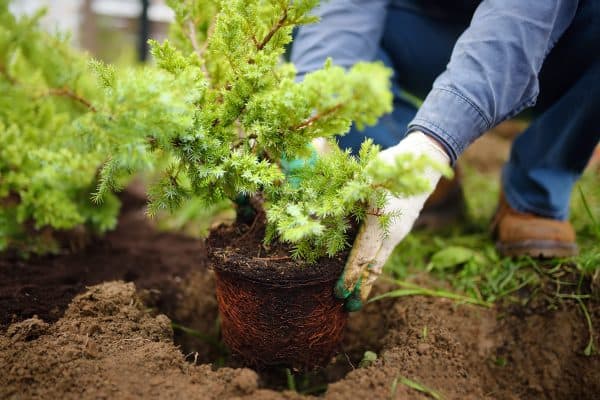Succulents are plants noted for their ability to retain water and survive in dry climates and arid soil. Cacti, aloe, yucca, bromeliads, sedum, echeveria, and sempervivum are some of the common varieties cultivated and grown as ornamental plants in homes and gardens.
Do you want to grow succulents but wonder if you have the right soil conditions? We have researched whether these sturdy little plants can grow in shallow soil.
Succulents thrive and grow well in shallow soil if properly potted. They are a popular choice as house or garden plants for their unique and attractive qualities as well as low maintenance needs.
Succulent plants are very adaptable and will thrive in a range of both indoor and outdoor conditions. Most varieties need little water but require ample exposure to sunlight.
The post aims to help you understand the basic concepts of succulent plant care with special reference to the soil and potting mix. Let's dig in!

Succulents: An Overview
Succulents have a thick fleshy appearance resulting from developed water-storing cells and plant tissue. The stems and leaves (when present) contain as much as 90% to 95% water to adapt to dry conditions with warm weather and little rainfall.
Succulents such as cacti can thrive in deserts and environments with relatively harsh conditions, rendering them easy to grow as house or garden plants.
They vary greatly in appearance but generally feature a more swollen and fleshy nature. Some species like certain cacti have absent, reduced, or cylindrical and spherical leaves.
Succulents characteristically exhibit compact growth form, and notably, stems act as the main site of photosynthesis. Certain varieties have spiny or hairy surfaces that result in a humid micro-habitat around the plant.
The roots form close to the surface of the soil and are able to absorb moisture from light showers or even dew.
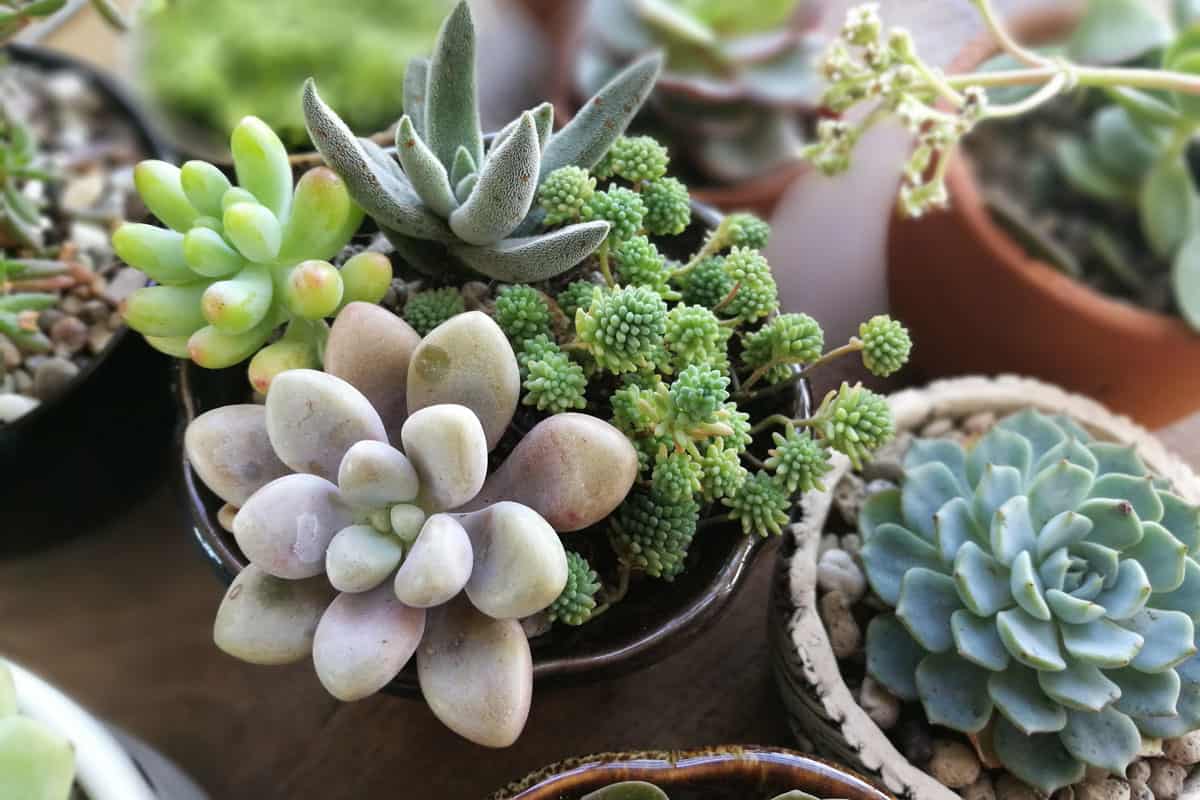
Succulent Care Requirements
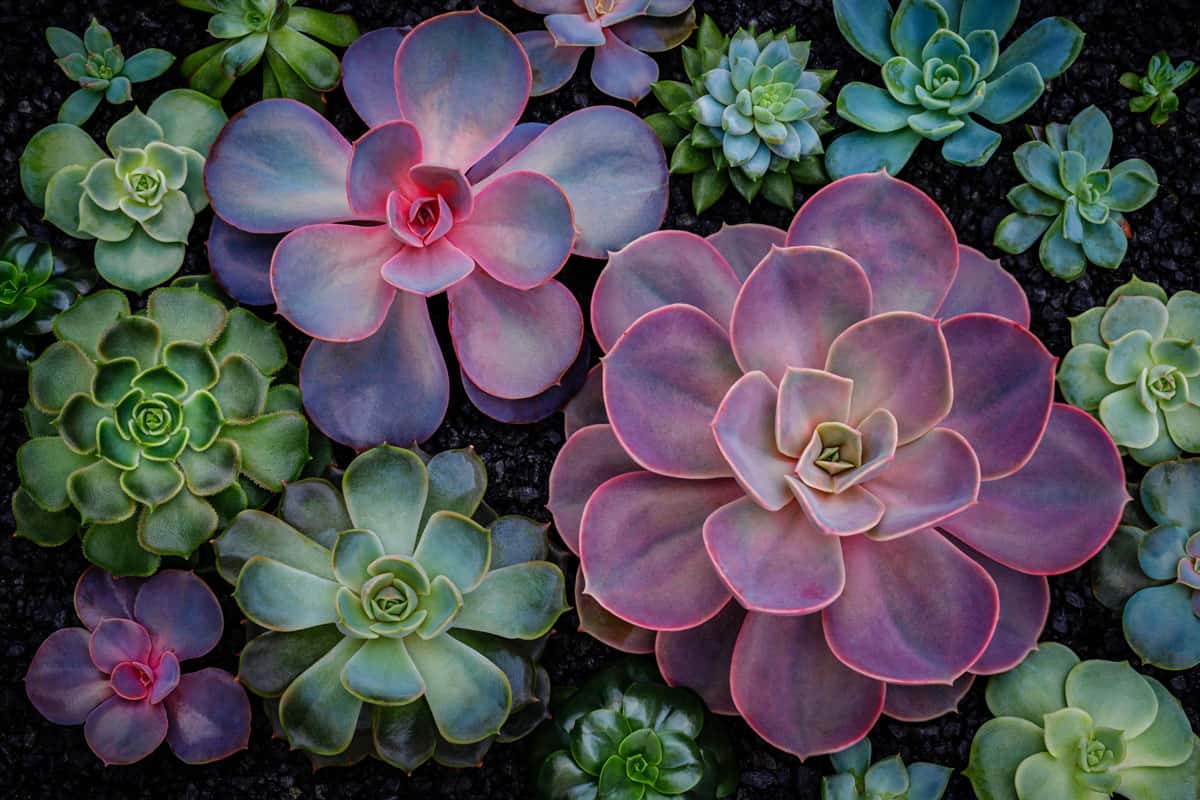
What is the best soil for succulents?
Shallow roots are one adaptation characteristic common among succulents as it allows the plants to capture available moisture. Due to this, they grow well in shallow pots that have the proper soil composition and proportion.
Experts and professional gardeners each have their own formula or recipe for potting mixes, the following includes the basic and common components found in the said mixtures.
There are two main ingredients that comprise the ideal succulent soil mix, an organic portion that provides nutrients, and an inorganic component that facilitates good drainage.
Organic matter includes peat moss, shredded coconut husk or coir, coco peat, rice hull, and compost. They provide the nutrients such as nitrogen and other elements which will nourish and develop your succulents.
Inorganic substances that promote drainage and prevent soil compacting include coarse sand, pumice, crushed granite, grit, perlite, and clay.
You do not necessarily have to include all of the above-mentioned materials, work with what is convenient and available. Simply include organic and inorganic components in equal proportions and test the mixture for composition and drainage properties.
To do this, drench a portion of the soil preparation and clench it with your hand, if the mixture settles and compacts, you need to add more draining material. Ideally, the soil has to loosen and fall freely without clumping.
How much sunlight do succulents need?
The light requirements of succulents differ depending on the variety or species. Some plants thrive in direct light while others get scorched or burnt when exposed to several hours of bright direct sunlight.
Identifying the type of succulent you own is relevant for determining the amount of light it generally needs.
Direct Sunlight
Direct means it requires full sunlight, at least six to seven hours per day. While this is the case, take note that direct sunlight indoors is not the same as direct light outdoors.
The sun's rays are still somewhat filtered because of the windows. If you plan to move your succulents outside, taper the light requirements before fully exposing them to full sun. Desert cacti, echeveria, jade, aloe, sedum, and senecio are some examples.
Indirect Sunlight
Indirect means that the plant receives filtered light. They are usually placed in partially shaded areas in your home or garden. Haworthia, holiday cacti, snake plants, ZZ plants, and string of hearts are some examples.
Newly planted succulents will get burnt when exposed to full sun. It is best if you first place them in shaded environments and gradually transfer them to areas where they can get direct sunlight.
How do you know when a succulent needs water?
Succulents retain and store water in their leaves. Due to this reason, these plants thrive in dry conditions and do not necessarily need to be watered frequently. Small varieties can even survive several weeks without moisture and hydration.
While this is true, succulents require additional watering during the spring and summer seasons because water evaporates quickly. Dip your finger into the soil mix, and if the top inch feels dry, it is time to water.
Soak the soil until water drains out of the pot. Avoid using spray bottles because misting the plant may cause brittle roots and moldy leaves.
Do succulents need fertilizer?
Succulents have the ability to store nutrients which is why they require fewer fertilizers than any other houseplants. Too much organic matter, particularly those with high nitrogen content, can cause leaf discoloration, wilting, and root decay.
Use a low-balanced soluble fertilizer such as 10-10-10 or 8-8-8. Dissolve the material in a gallon of water. Do not pour the whole content of the bag, just put half of the recommended amount.
To illustrate, if the instruction recommends using 2 teaspoons per gallon, you must only dilute 1 teaspoon of fertilizer.
The most ideal time to fertilize your succulents is during the spring when temperatures do not go below 60 degrees Fahrenheit.
How Do You Propagate Succulents?
Succulents are quite easy to propagate - through cuttings and plantlet removal.
Cuttings
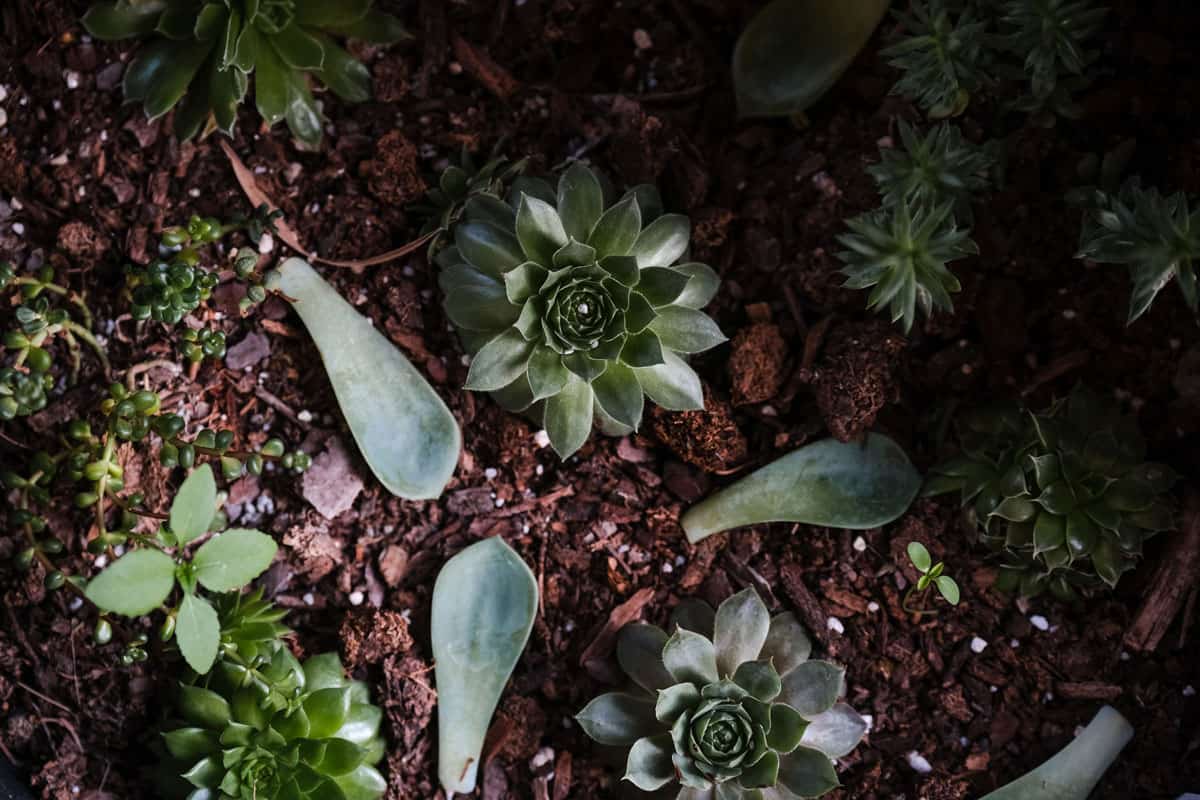
With cuttings, simply cut off a piece of stem or leaf using pruning shears or sharp scissors. Remember to let them dry for at least one to three days. If you would not let your cuttings scab over, they will absorb too much water when you first hydrate them.
Leaf cuttings do not need to be planted onto the soil. Simply place them on top and make sure that the ends do not touch the ground. If you are working with stem cuttings, you have to put them in the soil. Water them as needed, especially when the potting mix dries out.
It will usually take two to three weeks before roots form or develop.
Plantlet Removal
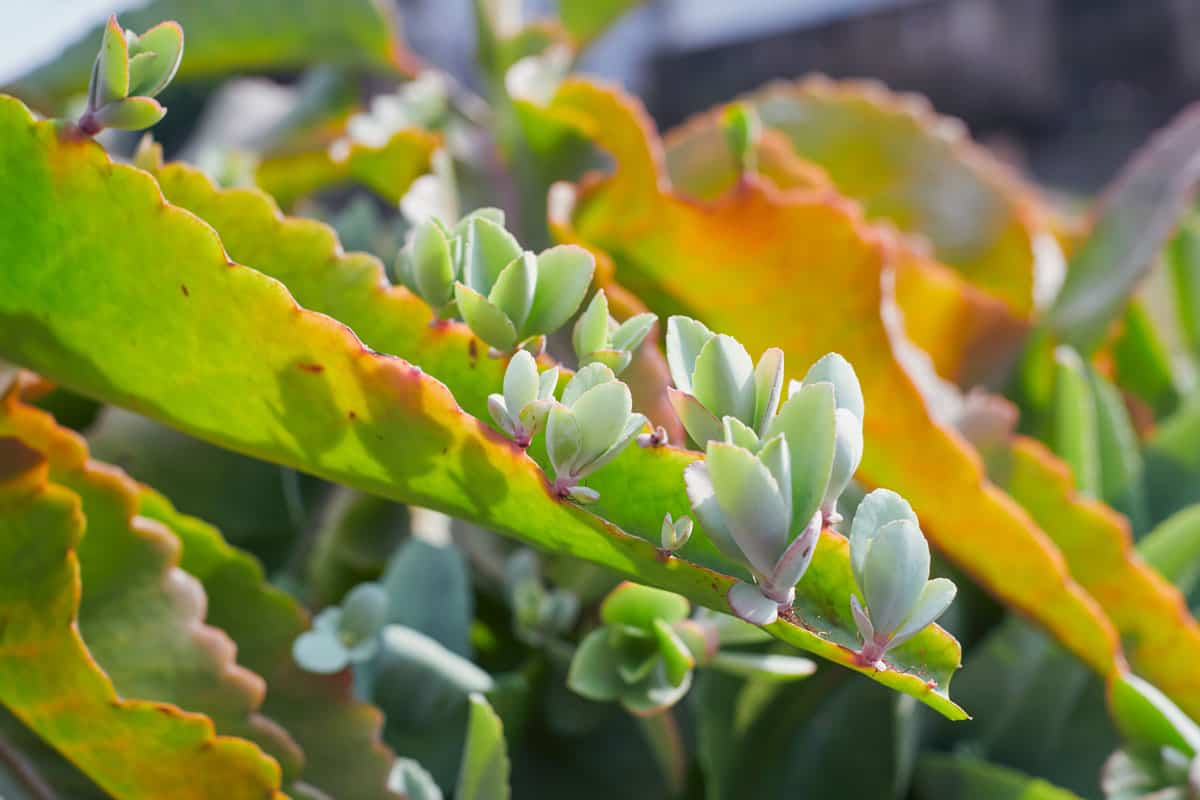
Plantlets are offsets that have grown alongside the mother plant. The plant itself is already fully-formed. The offshoot should at least be 1-inch in size or large enough that you could remove it without harming it.
Cut the plantlet at the base of the stem with the use of a sharp knife. Do not immediately plant the offshoot. Let the base dry out and recover for at least 24 hours. Afterward, you can place the succulent pup in a fresh potting mix.
Water the plant every two to three days. This way, your plantlet receives its needed water requirement while still allowing enough drought to encourage new roots to develop.
Once the plant has formed roots and is already established, gradually lessen the watering frequency. Hydrate the plant by soaking the soil when the potting mix is completely dry.
In Closing
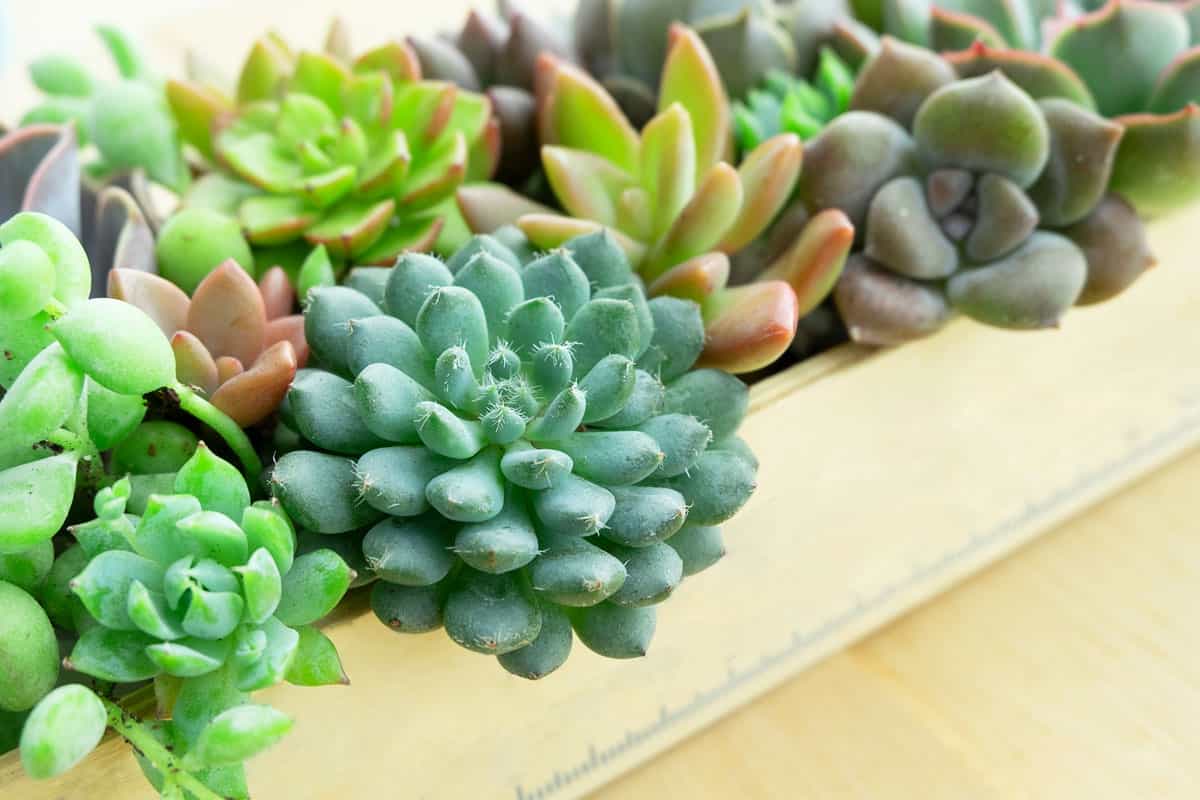
Succulents characteristically thrive in dry conditions, well-draining soil, and require little water. There are slight variations as to their growth conditions but are generally low maintenance and easy to care for. We hope the post proved useful as to how you can fully appreciate and enjoy your succulents.
Looking for other shallow soil suggestions? Check out, "How To Plant Shrubs In A Rock Garden."

![man replanting herb with yellow flowers for use in landscaping. 15 Perennials That Absorb Water [Incredible Choices For Foundation Landscaping]](https://landscapingbase.com/wp-content/uploads/2022/09/man-replanting-herb-with-yellow-flowers.-15-Perennials-That-Absorb-Water-600x400.png)
![Big custom made luxury house with nicely trimmed and landscaped front yard, South Facing Front Yard Landscaping Ideas [17 Ideas To Increase Your Curb Appeal]](https://landscapingbase.com/wp-content/uploads/2022/09/BIGCUS1-600x400.jpg)
